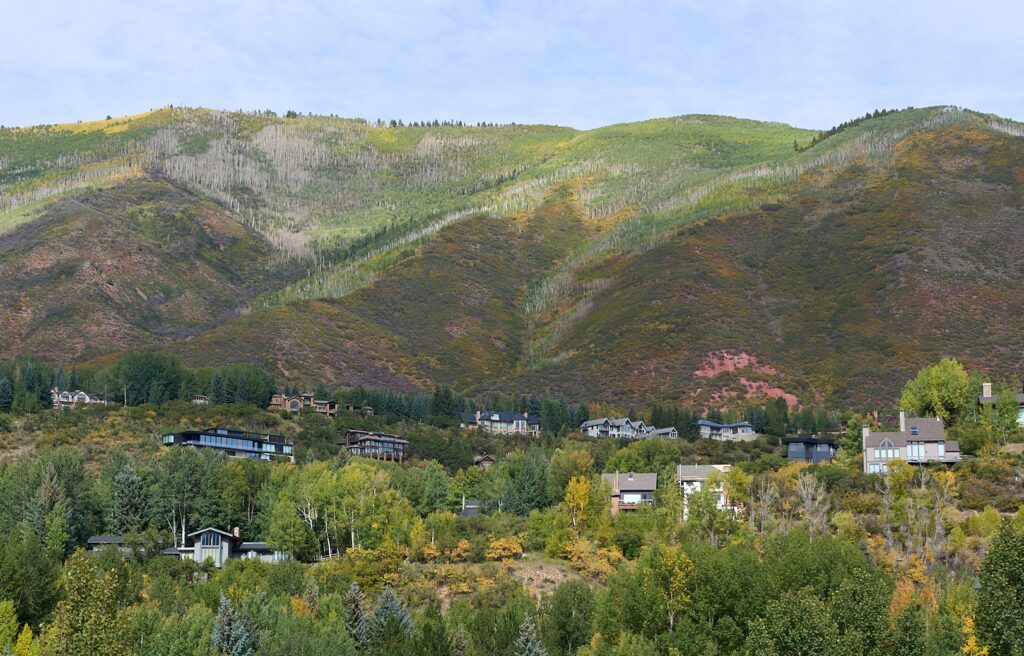Castle Creek Spring
ACES Staff
May 23, 2011

After a long winter, evidence left by local animals is beginning to show. With a receding snow pack, new animal signs are uncovered everyday.
One of the most common signs is the elk chew. When the snow is high and forage is buried, elk (Cervus elaphus) rely on the living bark of Aspens for sustenance. I can only assume this grove of Aspens off Castle Creek Road was given the attention of a herd for a good amount of time. These scars will remain far longer than the lifespan of an elk and this grove will bear the mark of a hungry herd for decades to come.

 Another common sign emerging in spring is made by an animal much smaller than an elk. The northern pocket gopher (Thomomys talpoides)is seldom seen, but their eskers can be seen throughout the spring and summer. These sinuous mounds of soil are created in winter when gophers cannot pile their excavated soil in a mound because of the snow pack overhead. To fix this problem gophers tunnel through the snow at ground level and backfill these tunnels with their excavated soil. Despite its small stature, the pocket gopher is an unsung hero of the alpine environment. In an average year a pocket gopher tills 5.2 tons of soil.This tilling provides aeration, water penetration and vertical blending of the soil. Areas constantly tilled by gophers are called gopher gardens and exhibit the highest diversity of all alpine plant ecosystems. This is because the gophers expose new soil for plants to put down roots and their constant appetite prevents one plant species from becoming dominant.
Another common sign emerging in spring is made by an animal much smaller than an elk. The northern pocket gopher (Thomomys talpoides)is seldom seen, but their eskers can be seen throughout the spring and summer. These sinuous mounds of soil are created in winter when gophers cannot pile their excavated soil in a mound because of the snow pack overhead. To fix this problem gophers tunnel through the snow at ground level and backfill these tunnels with their excavated soil. Despite its small stature, the pocket gopher is an unsung hero of the alpine environment. In an average year a pocket gopher tills 5.2 tons of soil.This tilling provides aeration, water penetration and vertical blending of the soil. Areas constantly tilled by gophers are called gopher gardens and exhibit the highest diversity of all alpine plant ecosystems. This is because the gophers expose new soil for plants to put down roots and their constant appetite prevents one plant species from becoming dominant.
As the snow line continues to retreat keep your eyes open.
~Howie Kuhn
Related Content

RFV Phenology: Green is out, yellow is in! Or is it?
Learn More
ACES // City of Aspen Open Space Birding: Marolt Open Space 9/5/2024
Learn More